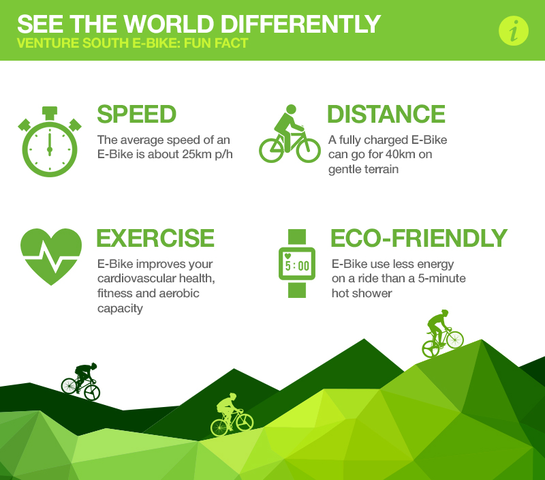E-Bike Classifications Explained: Comprehending The Effects Of Each Group

Published By-Middleton Coyne
If you're thinking about buying an e-bike, comprehending the various classes is key in making an educated choice. You might be amazed at exactly how each course provides one-of-a-kind features that cater to different riding choices and legal needs. From pedal-assist options to throttle-controlled versions, each class has its benefits. So, prior to you decide on the perfect e-bike for your needs, it's vital to grasp the differences in between Class 1, Course 2, and Class 3 e-bikes.
Course 1 E-Bikes
Course 1 E-Bikes are defined as pedal-assist electric bikes that offer support just when you pedal, ceasing to do so once you reach 20 mph. These bikes are ideal for those seeking a little added increase while still wanting to obtain some exercise. Course 1 E-Bikes offer a smooth shift between pedaling and electrical help, aiding you overcome hillsides and long distances with ease. The electric motor begins as quickly as you begin pedaling, offering a natural and easy ride experience.
Among the vital advantages of Class 1 E-Bikes is that they're permitted on the majority of bike courses and routes where conventional bikes are permitted. visit this backlink suggests you can check out brand-new courses and enjoy the open airs without any restrictions.
Additionally, these bikes are green and provide a sustainable mode of transportation, reducing your carbon footprint while still obtaining you to your destination efficiently.
Course 2 E-Bikes
Proceeding from the pedal-assist dynamics of Class 1 E-Bikes, Class 2 E-Bikes introduce a new element right into the electrical bike realm. These e-bikes feature a spin throttle feature, allowing you to ride without pedaling whatsoever. With this enhancement, you have the alternative to simply involve the throttle and allow the motor do the work, driving you forward effortlessly.
Course 2 E-Bikes are ideal for motorcyclists that might require a break from pedaling or require aid when starting from a full stop. This function makes them particularly appealing for individuals with minimal mobility or those that want a more leisurely riding experience.
However, it's important to keep in mind that Class 2 E-Bikes are still regulated by a speed restriction of 20 miles per hour, guaranteeing security and compliance with regulations.
Class 3 E-Bikes
For cyclists looking for a more vibrant electric biking experience, Course 3 E-Bikes deal enhanced rate and performance contrasted to their Course 1 and Class 2 counterparts. https://anotepad.com/notes/46panfqr -Bikes are known as "rate pedelecs" and can get to speeds of approximately 28 mph, offering a thrilling experience for those trying to find an extra increase. These bikes come equipped with a pedal-assist system that begins when you begin pedaling, making it less complicated to keep higher rates with much less effort.
One crucial attribute of Course 3 E-Bikes is that they aren't limited to bike lanes just; they can additionally be made use of on roads where the rate limit is 30 mph or reduced. This adaptability permits cyclists to browse with web traffic a lot more efficiently while still delighting in the benefits of electrical assistance.
Nevertheless, it's essential to bear in mind that some locations might have specific regulations relating to making use of Course 3 E-Bikes, so always inspect local legislations before hitting the road.
Final thought
So, now that you recognize the differences between Class 1, 2, and 3 E-Bikes, you can make a notified decision on which type finest suits your requirements. Whether you favor pedal-assist, throttle function, or greater speeds, there is an E-Bike class around for you. Remember to consider your local laws and personal choices prior to making your option. Pleased riding!

